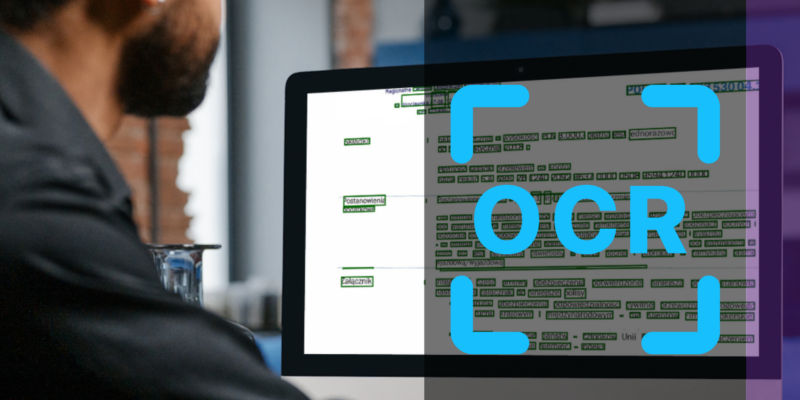HOW TO CHOOSE A DOCUMENT MANAGEMENT SYSTEM (DMS) FOR YOUR COMPANY?
Company documentation must be well-organized and easily accessible to employees. It impacts many processes and the speed of task execution. A DMS system can help optimize issues related to data management and processing. How to choose the best one and what to pay attention to?
A Document Management System (DMS) is a tool that allows for the storage, tracking, and management of electronic documents. It also helps in organizing, searching, and controlling access to documents. Implementing it allows for the organization of various processes related to receiving, describing, and issuing documents.
Efficiency
A DMS system automates processes, thus allowing for better time management. Instead of manually searching through stacks of papers, employees can quickly find the necessary documents with just a few clicks. This significantly speeds up daily work and allows the saved time to be spent on more important tasks.
Data Security
Documents stored in a DMS are better protected against unauthorized access and loss. These systems offer advanced security features such as data encryption and access control, which minimize the risk of security breaches.
Compliance
A DMS allows for the management of a repository in accordance with legal requirements. With features such as version tracking and audits, companies can easily demonstrate compliance with current regulations, which is crucial in many industries.
Which Features to Look for in a DMS?
When selecting the right Document Management System (DMS), it is essential to identify the features necessary for proper documentation management in your company. It’s advisable to list the current areas and activities where the new system will assist.
Document Storage and Organization
The system should allow for easy cataloging and archiving of documents, enabling quick access to necessary information. Categorization is done using metadata, such as title, author, creation date, and document type. Documents are organized into folder and catalog structures and can be tagged and assigned to categories. Categorization also includes document types, indexes, reference numbers, and availability for different users. Documents are classified according to their role in business processes and their location. The system should offer advanced search functions that allow quick retrieval of documents based on various criteria such as keywords, date, author, or document type.
Version and Access Management
Control over who has access to documents and which versions they can see is crucial. A DMS should enable tracking of changes to documents and managing user access, ensuring data security and integrity.
Integration
Integration with other systems, such as ERP or CRM, is essential to ensure data consistency across the company. The DMS should be compatible with the tools used by the company, facilitating implementation and daily use.
Text Recognition
Many modern document management systems include OCR (Optical Character Recognition) functions. OCR allows for the conversion of scanned documents, images, and PDF files containing text images into editable and searchable text.
By focusing on these features, you can select a DMS that effectively supports your company’s documentation management needs.
Steps to Choose the Best DMS
First, identify which features are crucial for your company. Create a list of requirements and priorities that the system should meet. Next, check the available options. Conduct market research to find systems that meet your requirements. Consult with providers and ask for recommendations. Before making a decision, check the possibility of conducting tests or a trial demonstration. Don’t forget to prepare a comparison of the proposed features within your budget. Ask the representative about implementation, training, and technical support during the use of the program. Based on this, you will make an informed decision.
Monitor the Quality of Documentation
Even the best DMS will be useless if company documents are of low quality. Illegible invoices, handwritten orders, or blurry document photos can significantly hinder work, especially if employees use OCR functions.
When implementing new software in the company, it is worth investing in one more tool. DocsQuality will allow you to monitor the quality of documentation being introduced into the company’s workflow. The program will inform you about issues such as blurriness, illegible handwritten text, and poor shape.
Additionally, it will check if an electronic signature is present on the document. If you are interested in how DocsQuality works, schedule a short presentation where we will explain how to use the program and what its implementation looks like.
Discover DocsQuality


